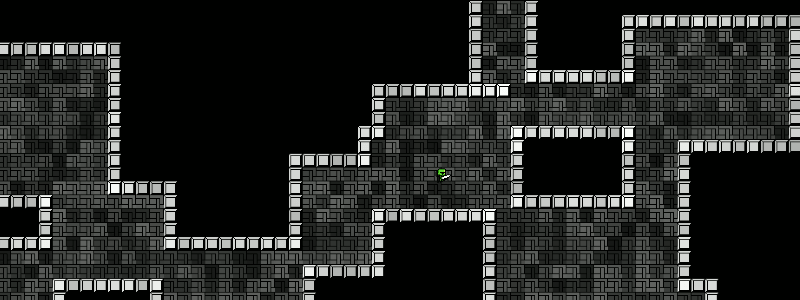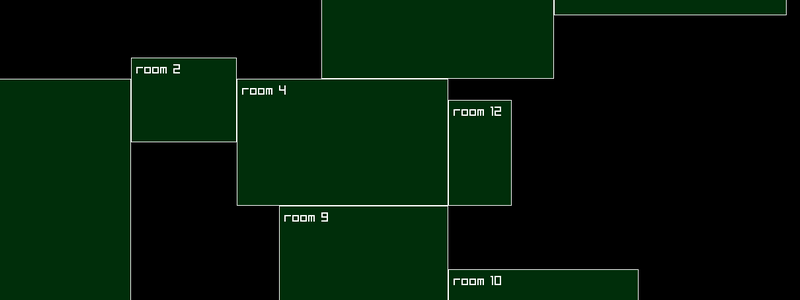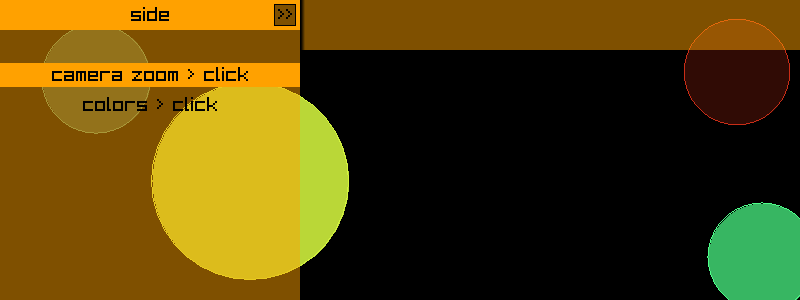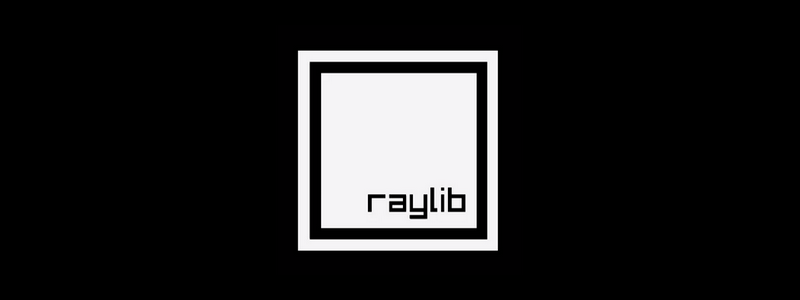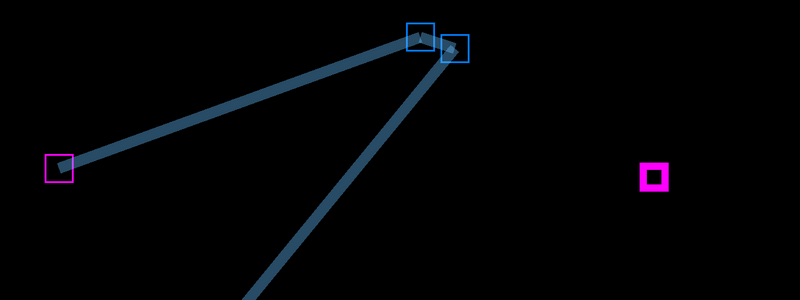Simple Exploding Blocks > 2D
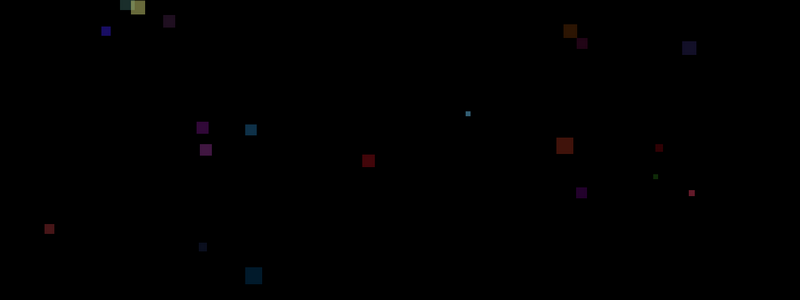
Contents
Simple way to explode blocks
This is an easy way to create an illusion of blocks exploding using a slices of structs that contain fade, color, rectangles and movement direction. Pressing SPACE key will create a slice of smaller blocks with random directions that fade away. Once the timer ends then it will reset and create more blocks. View on Github
Before you start
I am a self taught Go programmer and do it as a hobby, the code below is my own interpretation of how to do something, probably not the only way or the best way. This is intended as a resource to learn some basic Raylib and Go game dev skills. If you want to use any of the code anywhere else, feel free to do so.
Code
package main
import (
"fmt"
"math/rand"
rl "github.com/gen2brain/raylib-go/raylib"
)
/* MORE RAYLIB GO EXAMPLES ARE AVAILABLE HERE:
https://github.com/unklnik/raylib-go-more-examples
*/
var (
bloks []blok //SLICE OF BLOKS SEE STRUCT BELOW
blokbits []blok //SLICE OF BLOK PIECES WHEN EXPLODING
size = float32(32) //GRID RECTANGLE WIDTH & HEIGHT
fps = int32(60) //FRAMES PER SECOND
timer int32 //EXPLOSION TIMER
scrW, scrH int //SCREEN WIDTH & HEIGHT
)
type blok struct { // BLOK STRUCT
col rl.Color //COLOR
cnt rl.Vector2 //CENTER
rec rl.Rectangle //RECTANGLE
fade, velX, velY float32 //OPACITY MOVEMENT SPEED X & Y
}
func main() {
rl.InitWindow(0, 0, "exploding blocks - raylib go - https://github.com/unklnik/raylib-go-more-examples")
scrW, scrH = rl.GetScreenWidth(), rl.GetScreenHeight() // GET SCREEN SIZES
rl.SetWindowSize(scrW, scrH) // SET WINDOW SIZE
//rl.ToggleFullscreen() // UNCOMMENT IF YOU HAVE DISPLAY ISSUES WITH OVERLAPPING WINDOW BARS
makebloks() //MAKE INITIAL BLOCKS
camera := rl.Camera2D{} // DEFINES THE CAMERA
camera.Zoom = 1.0 //SETS CAMERA ZOOM
rl.SetTargetFPS(fps) // NUMBER OF FRAMES DRAWN IN A SECOND
for !rl.WindowShouldClose() {
if rl.IsKeyPressed(rl.KeySpace) && timer == 0 { // KEY TO EXPLODE
explode()
timer = fps + fps/2 //SET TIMER TO 1 AND A HALF SECONDS
}
if timer > 0 { //COUNTDOWN TIMER
timer--
if timer == 1 { //MAKE NEW BLOCKS
makebloks()
}
}
rl.BeginDrawing()
rl.ClearBackground(rl.Black)
rl.BeginMode2D(camera)
if timer > 0 { // IF TIMER IS LARGER THAN ZERO DRAW EXPLOSION PIECES
for i := 0; i < len(blokbits); i++ { //DRAWS THE LIST OF BLOCKS
rl.DrawRectangleRec(blokbits[i].rec, rl.Fade(blokbits[i].col, blokbits[i].fade))
if blokbits[i].fade > 0 {
blokbits[i].fade -= 0.01 //FADE OUT EXPLOSION PIECES
blokbits[i].rec.X += blokbits[i].velX //MOVE X EXPLOSION PIECES
blokbits[i].rec.Y += blokbits[i].velY //MOVE Y EXPLOSION PIECES
}
}
rl.DrawText("time till blocks respawn: "+fmt.Sprint(timer), 10, 10, 10, rl.White)
} else { // IF TIMER IS ZERO DRAW BLOCKS
for i := 0; i < len(bloks); i++ { //DRAWS THE LIST OF BLOCKS
rl.DrawRectangleRec(bloks[i].rec, bloks[i].col)
}
rl.DrawText("press SPACE key to explode", 10, 10, 10, rl.White)
}
rl.EndMode2D()
rl.EndDrawing()
}
rl.CloseWindow()
}
func makebloks() { //MAKES THE BLOCKS THAT EXPLODE
bloks = nil //CLEARS THE SLICE
num := rInt(4, 8) //RANDOM NUMBER OF BLOCKS
for num > 0 {
newBlok := blok{}
newBlok.col = ranCol() //RANDOM COLOR SEE FUNCTION BELOW
siz := rF32(64, 256) //RANDOM SIZE
newBlok.rec = rl.NewRectangle(rF32(0, float32(scrW)-siz), rF32(0, float32(scrH)-siz), siz, siz)
newBlok.cnt = rl.NewVector2(newBlok.rec.X+siz/2, newBlok.rec.Y+siz/2) //CENTER FOR EXPLOSION PIECES
bloks = append(bloks, newBlok) //ADD TO SLICE
num--
}
}
func explode() { //MAKES THE EXPLOSION PIECES
blokbits = nil
for i := 0; i < len(bloks); i++ {
num := rInt(15, 25) //RANDOM NUMBER OF EXPLOSION PIECES
for num > 0 {
newBlok := blok{}
newBlok.col = ranCol()
siz := rF32(8, 32) //RANDOM SIZE SMALLER THAN BLOCK
//MAKE THE RECTANGLE USING THE CENTER OF THE INITIAL BLOCK
newBlok.rec = rl.NewRectangle(bloks[i].cnt.X-siz/2, bloks[i].cnt.Y-siz/2, siz, siz)
newBlok.fade = rF32(0.5, 0.8) //RANDOM OPACITY
newBlok.velX = rF32(-32, 32) //RANDOM X MOVEMENT
newBlok.velY = rF32(-32, 32) //RANDOM X MOVEMENT
blokbits = append(blokbits, newBlok)
num--
}
}
}
// RETURNS A RANDOM COLOR
func ranCol() rl.Color {
return rl.NewColor(uint8(rInt(0, 256)), uint8(rInt(0, 256)), uint8(rInt(0, 256)), 255)
}
// RETURNS A RANDOM INTEGER FOR USE IN RANDOM COLOR ABOVE
func rInt(min, max int) int {
return min + rand.Intn(max-min)
}
func rF32(min, max float32) float32 {
min2 := float64(min)
max2 := float64(max)
return float32(min2 + rand.Float64()*(max2-min2))
}
Video
Want to give it a Go?
To start making games with Go and Raylib you will need:
- Go - https://go.dev/
- TDM-GCC - https://jmeubank.github.io/tdm-gcc/
- Git - https://git-scm.com/downloads
- Go Bindings for Raylib - https://github.com/gen2brain/raylib-go
- Visual Studio Code - https://code.visualstudio.com/
You can, of course, use other code editors however VS Code is my own personal preference

